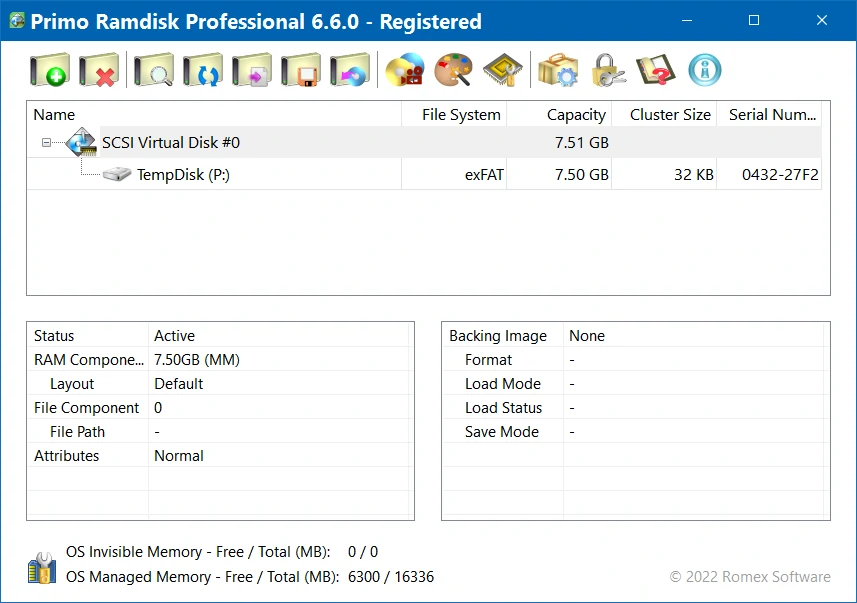@cli Thank you for a very quick answer that it was a false threat of trojan. In the weekend I made a couple of scans and later on it found that there was another two files in quarantine from the Brother printer. How to Delete Windows Installer Patch Files. After your computer applies a Windows patch, the patch file along with other files related to the installation are cached in the hidden system folder C. Hi Edward, Apologies for this delay in coming back. Had some other assignements. The issue was not resolved even after fixing the ACLs by running the SubInACL tool mentioned in your response.

$patchcache$ Managed Delete
-->If this per-machine system policy is set to a value greater than 0, Windows Installer saves older versions of files in a cache when a patch is applied to an application. Caching can increase the performance of future installations that otherwise need to obtain the old files from a original application source.
The value of the MaxPatchCacheSize policy is the maximum percentage of disk space that the installer can use for the cache of old files. For example, a value of 20 specifies no more than 20% be used. If the total size of the cache reaches the specified percentage of disk space, no additional files are saved to the cache. The policy does not affect files that have already been saved.
If the value of the MaxPatchCacheSize policy is set to 0, no additional files are saved.
If the MaxPatchCacheSize policy is not set, the default value is 10 and a maximum of 10% of the disk space can be used to save old files.

Registry Key
HKEY_LOCAL_MACHINESoftwarePoliciesMicrosoftWindowsInstaller
$patchcache$ Managed Folder
Data Type
REG_DWORD
Windows Installer Patchcache Managed Delete
Related topics
